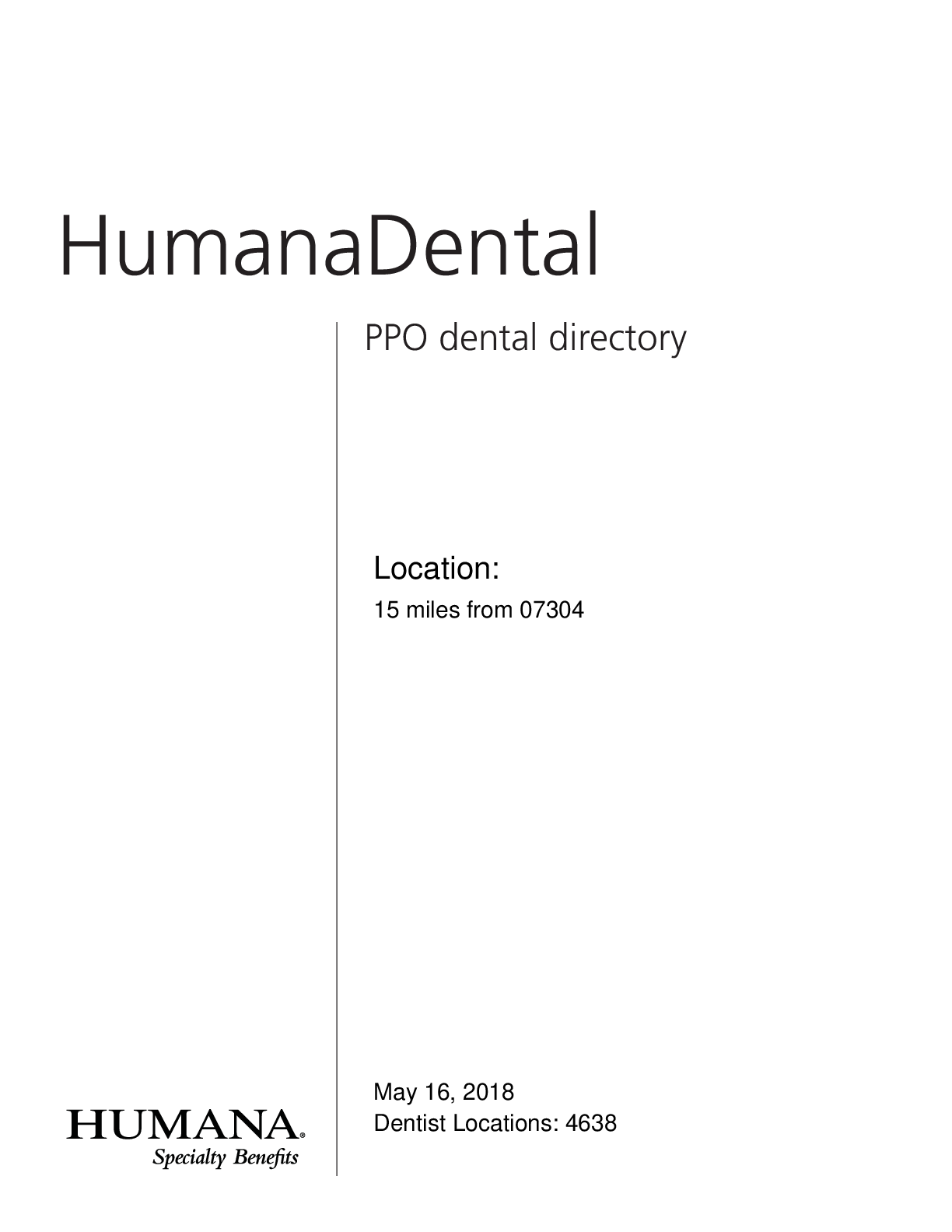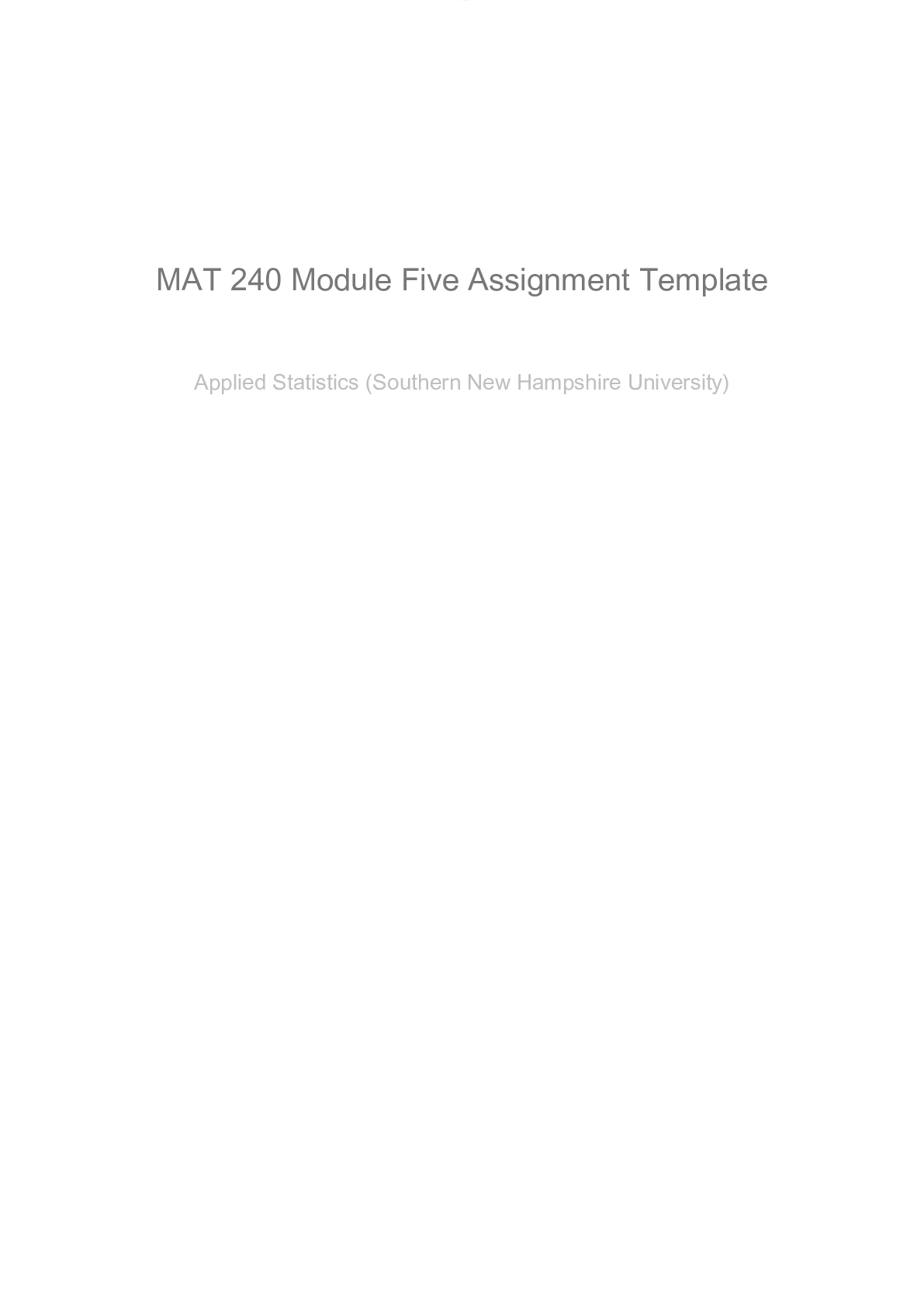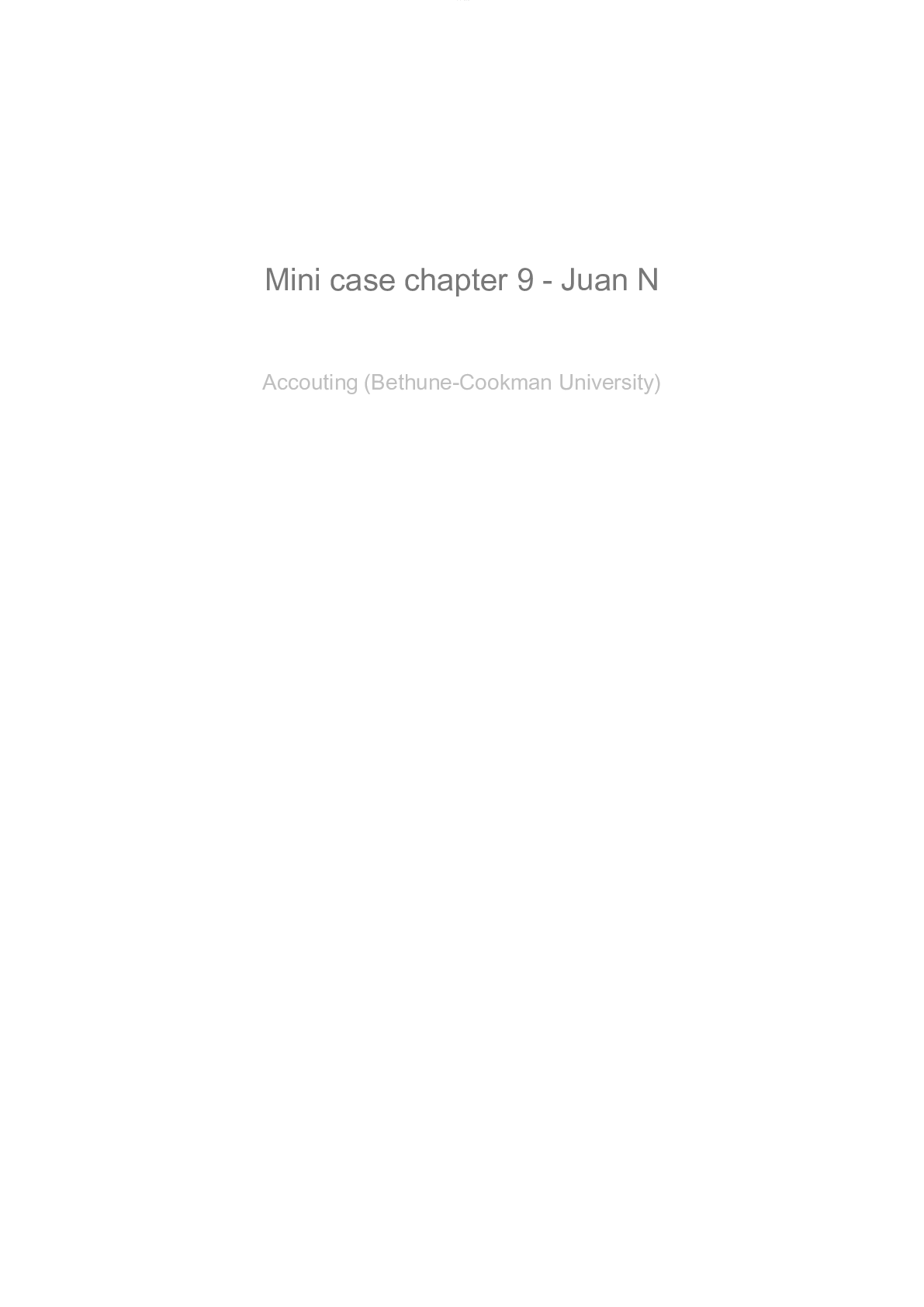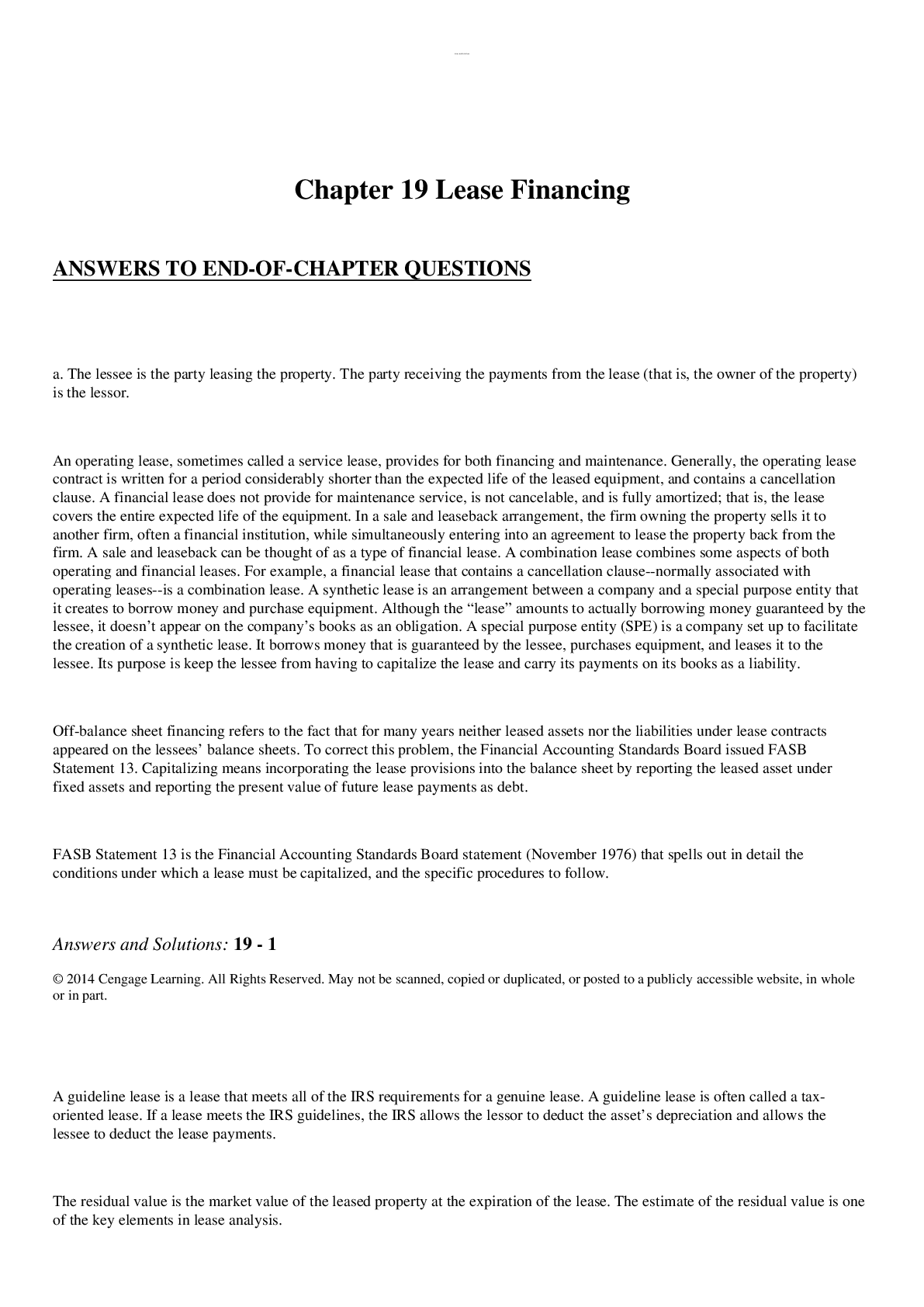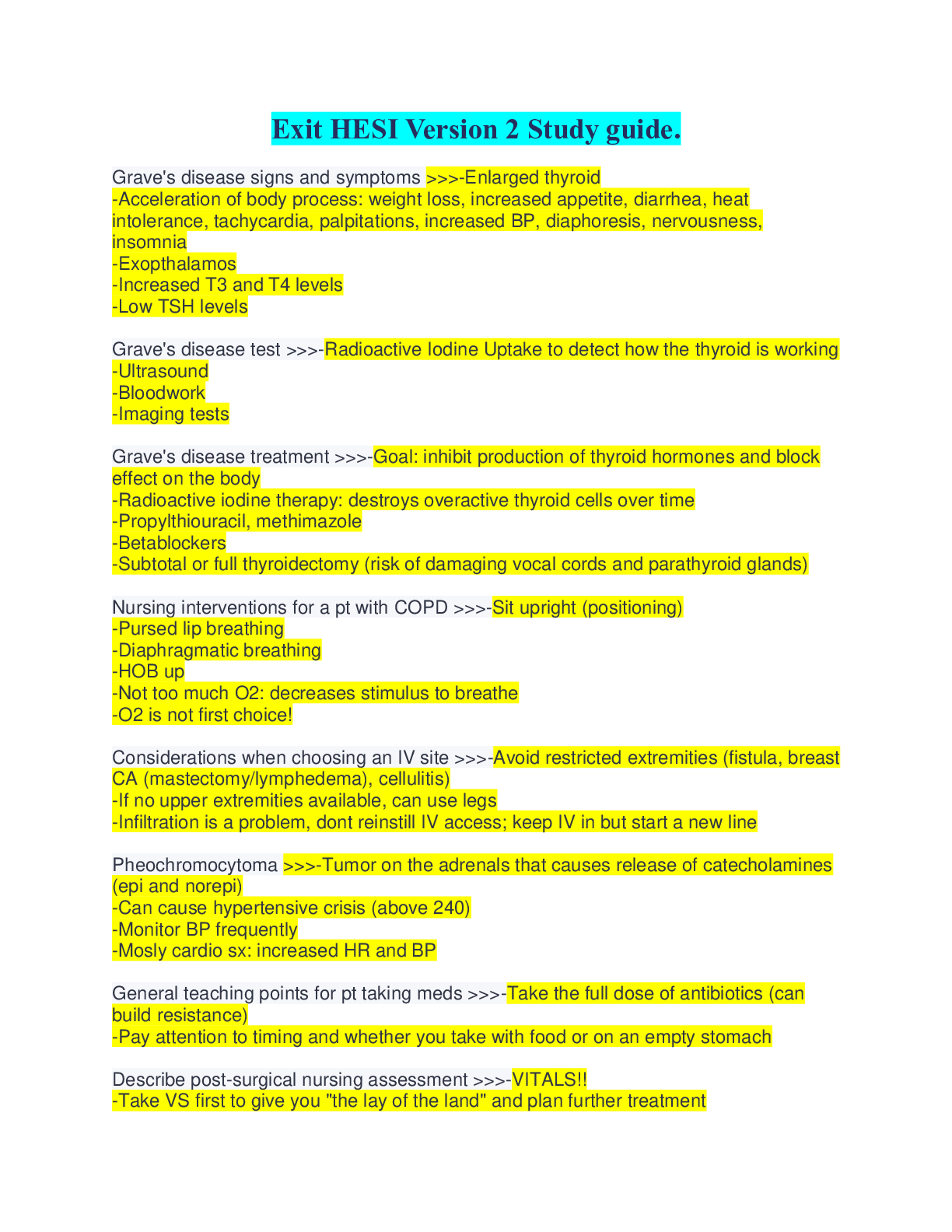*NURSING > Solutions Guide > NR 327EXAM 2 OB MATERNAL NR 327-Miriana( Download to get an A+) (All)
NR 327EXAM 2 OB MATERNAL NR 327-Miriana( Download to get an A+)
Document Content and Description Below
FOCUS ON 1. Newborn assessment 2. Postpartum assessment 3. Postpartum hemorrhage 4. Preeclampsia 5. Placental previa 6. Placental abruptio 7. Preterm labor 8. Hydatidiform mole 8. Medications... on your clinical list Chapter 17: Postpartum Adaptations and nursing Care Chapter 22: Infant Feeding Chapter 25: Family planning Quiz #3 4 th stage of labor/Postpartum period/Puerperium First 6 weeks after birth of infant o -Return of reproductive organs to normal nonpregnant state Physiological maternal changes o Uterine involution Starts right after delivery of placenta Changes of reproductive organs, particularly the uterus that returns to non-pregnant size and condition Involves three processes o 1. Contraction of muscle fibers o 2. Catabolism: the process of converting cells into simpler compounds o 3. Regeneration of the uterine epithelium Sub-involution: when uterus does not return to non-pregnant state, o lochia flow, cervical involution, o Decrease in vaginal distention o alteration in ovarian function and menstruation o Cardiovascular, urinary tract, breast and GI tract changes Afterpains: intermittent uterine contractions, source of discomfort for many women, the discomfort is more acute for multiparas because repeated stretching of muscle fibers leads to muscle tone loss that causes repeated contraction and relaxation of the uterus. Greatest risks during postpartum period: hemorrhage, shock, and infection. Oxytocin o Administer postpartum to improve the quality of uterine contractions. A firm and contracted uterus prevents excessive bleeding and hemorrhage After delivery of the placenta, hormones decrease resulting in decreased blood glucose, estrogen and progesterone o Decreased estrogen causes breast engorgement, diaphoresis, and diuresis o Decreased vaginal lubrication Assessment Monitor vital signs, uterine firmness and its location in relation to the umbilicus, uterine position in relation to the midline of the abdomen, and amount of vaginal bleeding BP and pulse assessed every 15 mins for the first 2 hours after birth Temperature every 4 hours for first 8 hours after birth and then at least every 8 hours Postpartum Assessment Breasts Uterus (fundal height, uterine placement, and consistency Bowel and GI function Bladder function Lochia (color, odor, consistency, and amount (COCA)) Episiotomy (edema, ecchymosis, approximation) Vital signs to include pain assessment and teaching needs RH Negative mothers Rho(D) immune globulin is administered within 72 hours to women who are Rhnegative and gave birth to infants who are Rh-positive to prevent sensitization in future pregnancies. Kleihauer-betke test Determines amount of fetal blood in maternal circulation if large fetomaternal transfusion suspected. If 15 ml or more of fetal blood detected, mom can get increased Rho(D) immune dose Thermoregulation Postpartum chill occurs in first 2 hours puerperium o Uncontrollable shaking chill following birth o Nervous system response, vasomotor changes, a shift in fluids, and/or work of labor o Normal unless along with elevated temperature Interventions: Provide warm blankets and fluids Assure client that chills are self-limiting [Show More]
Last updated: 1 year ago
Preview 1 out of 49 pages

Reviews( 0 )
Document information
Connected school, study & course
About the document
Uploaded On
Jun 01, 2021
Number of pages
49
Written in
Additional information
This document has been written for:
Uploaded
Jun 01, 2021
Downloads
0
Views
49

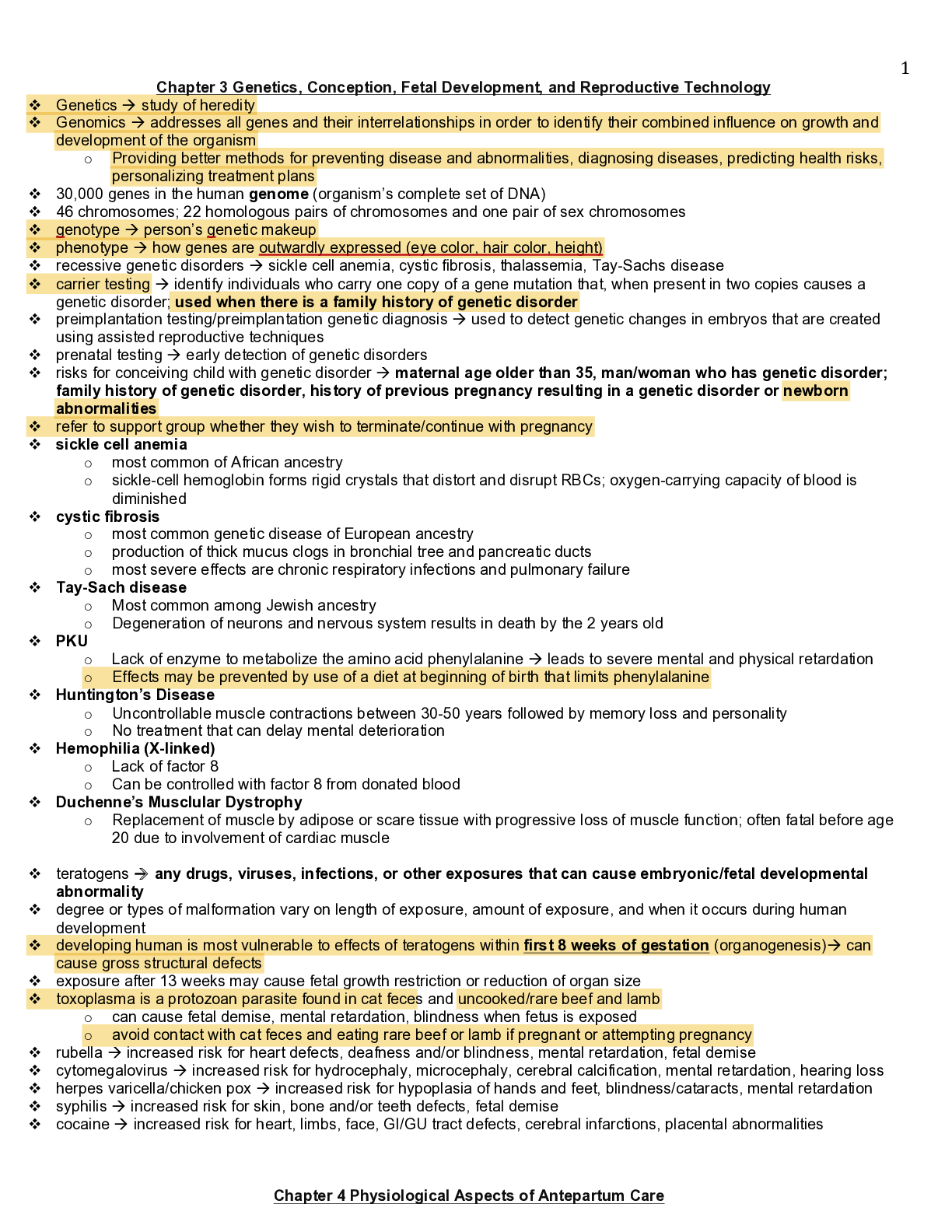

.png)
.png)
.png)
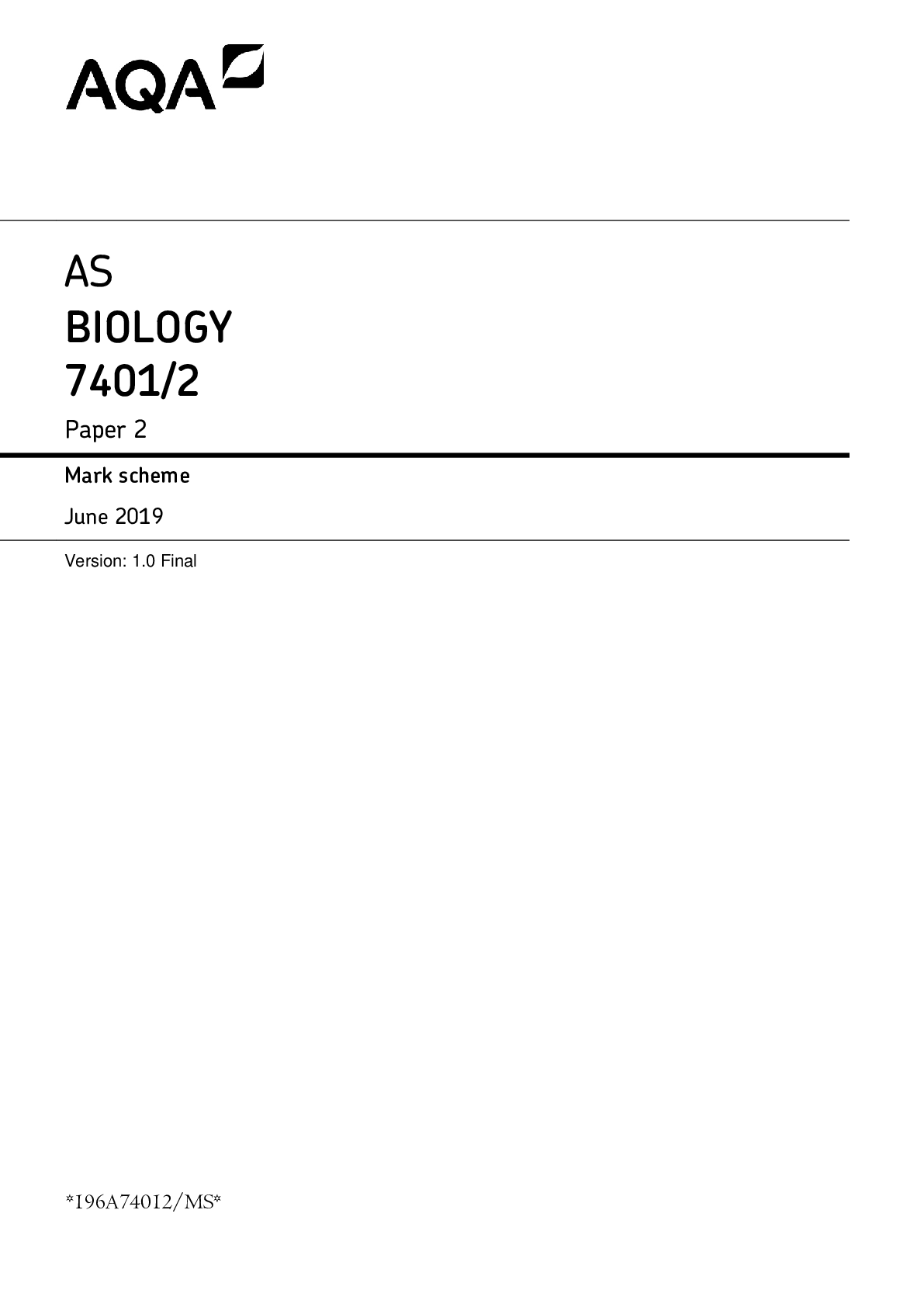
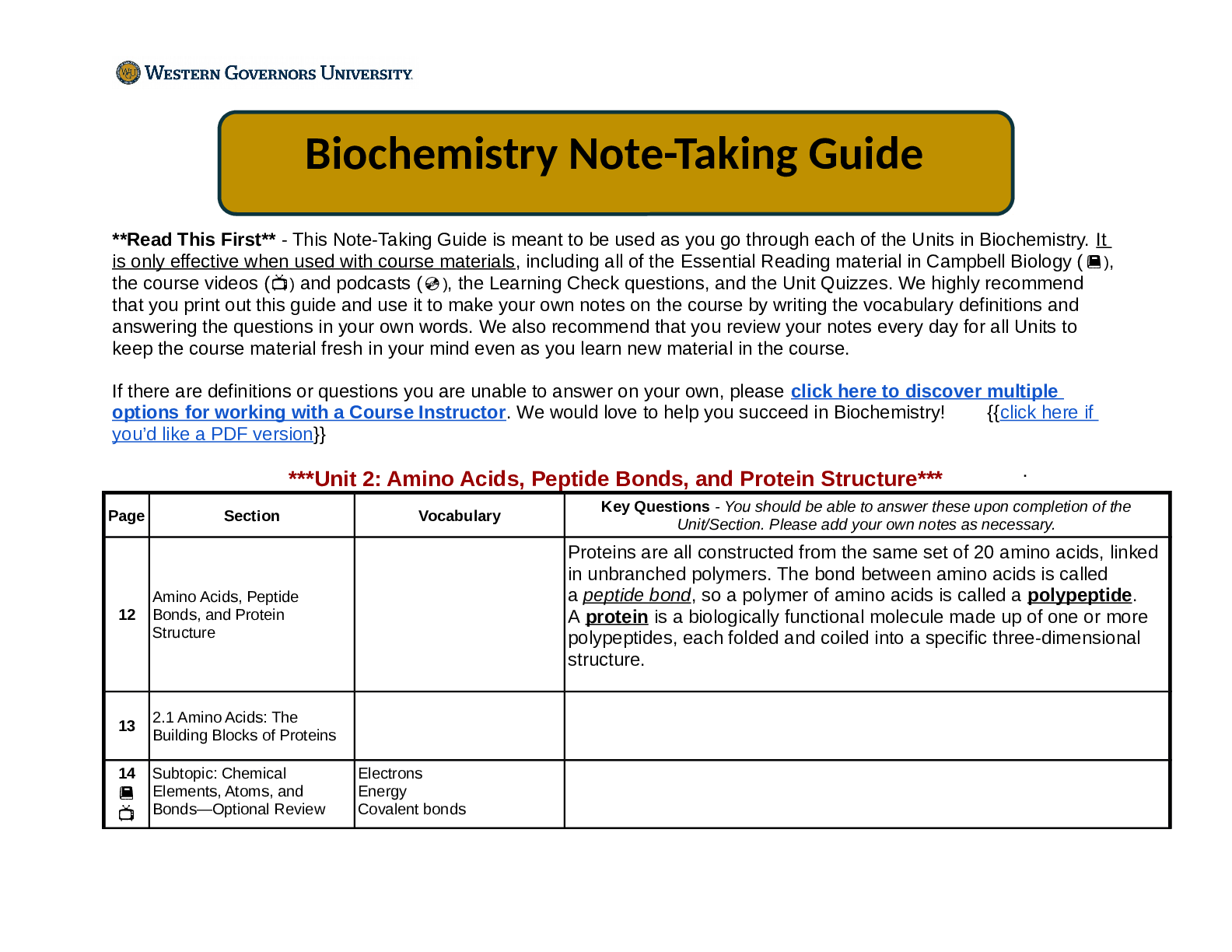
.png)
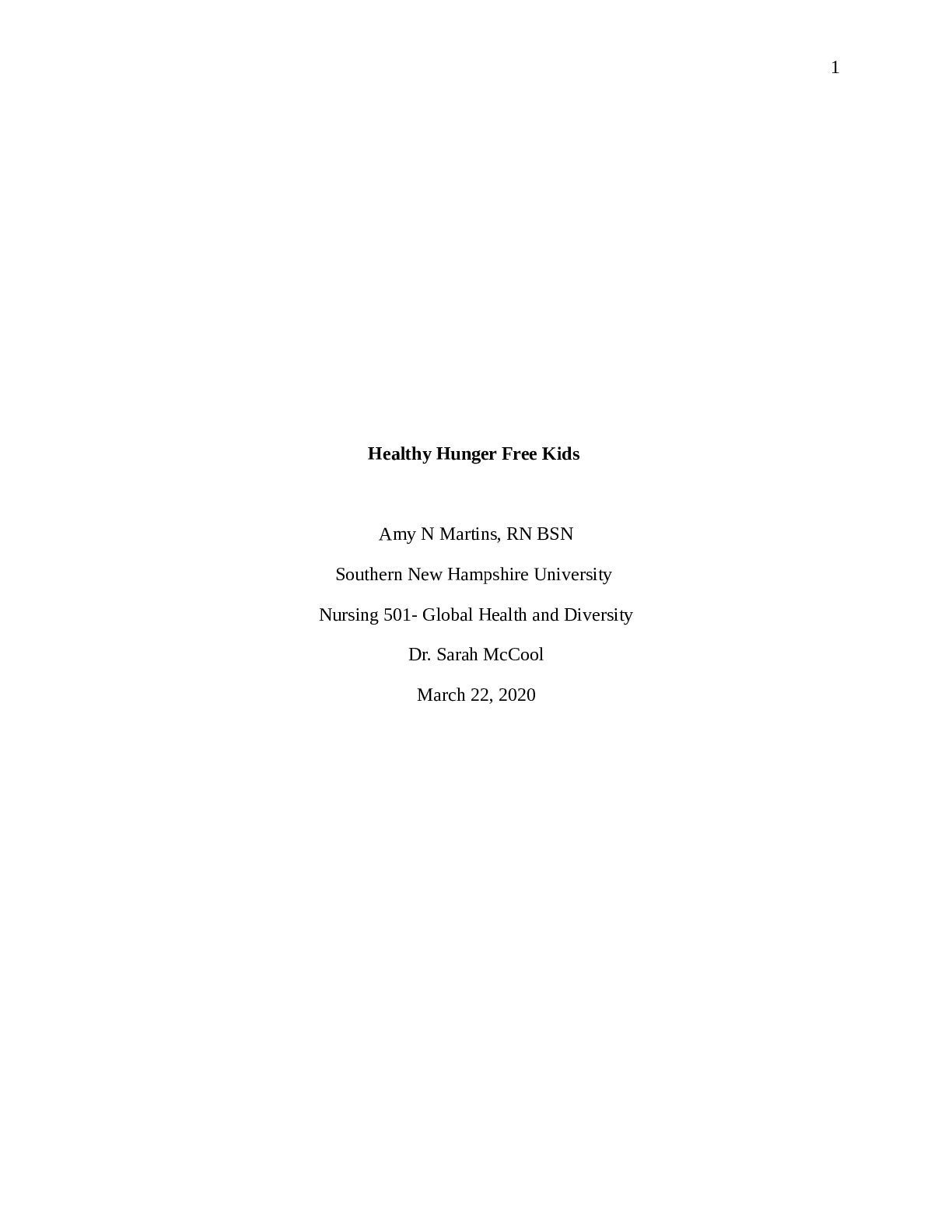
.png)
.png)
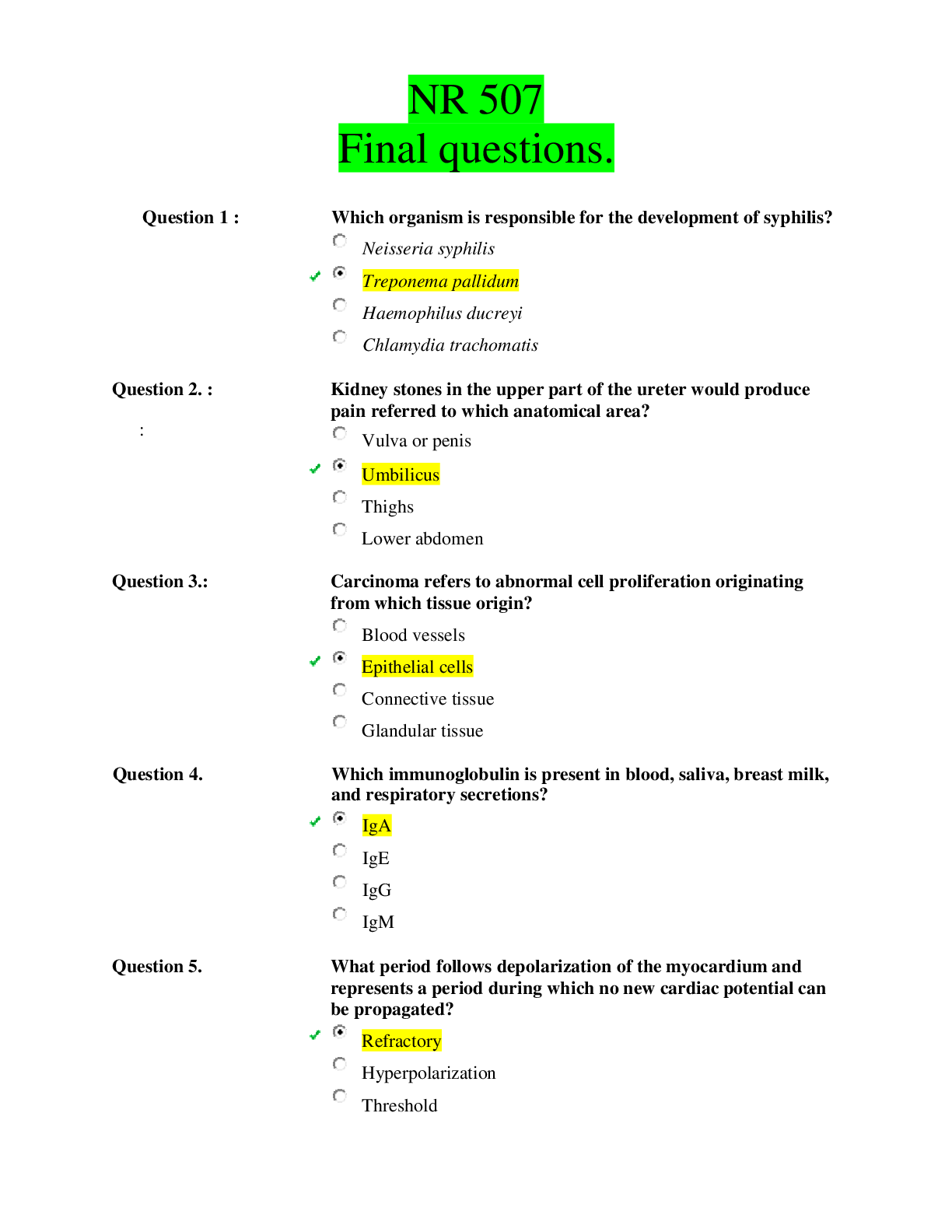
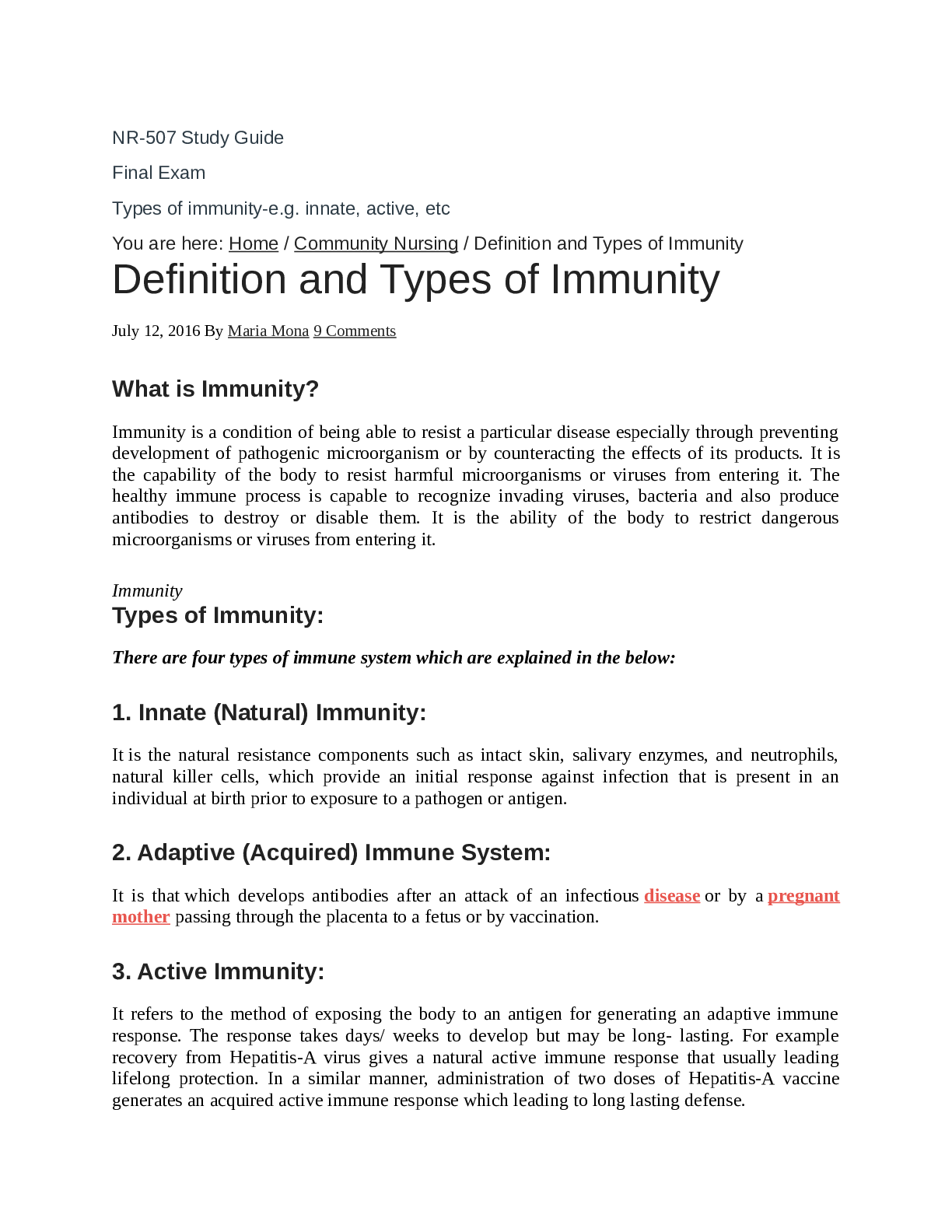


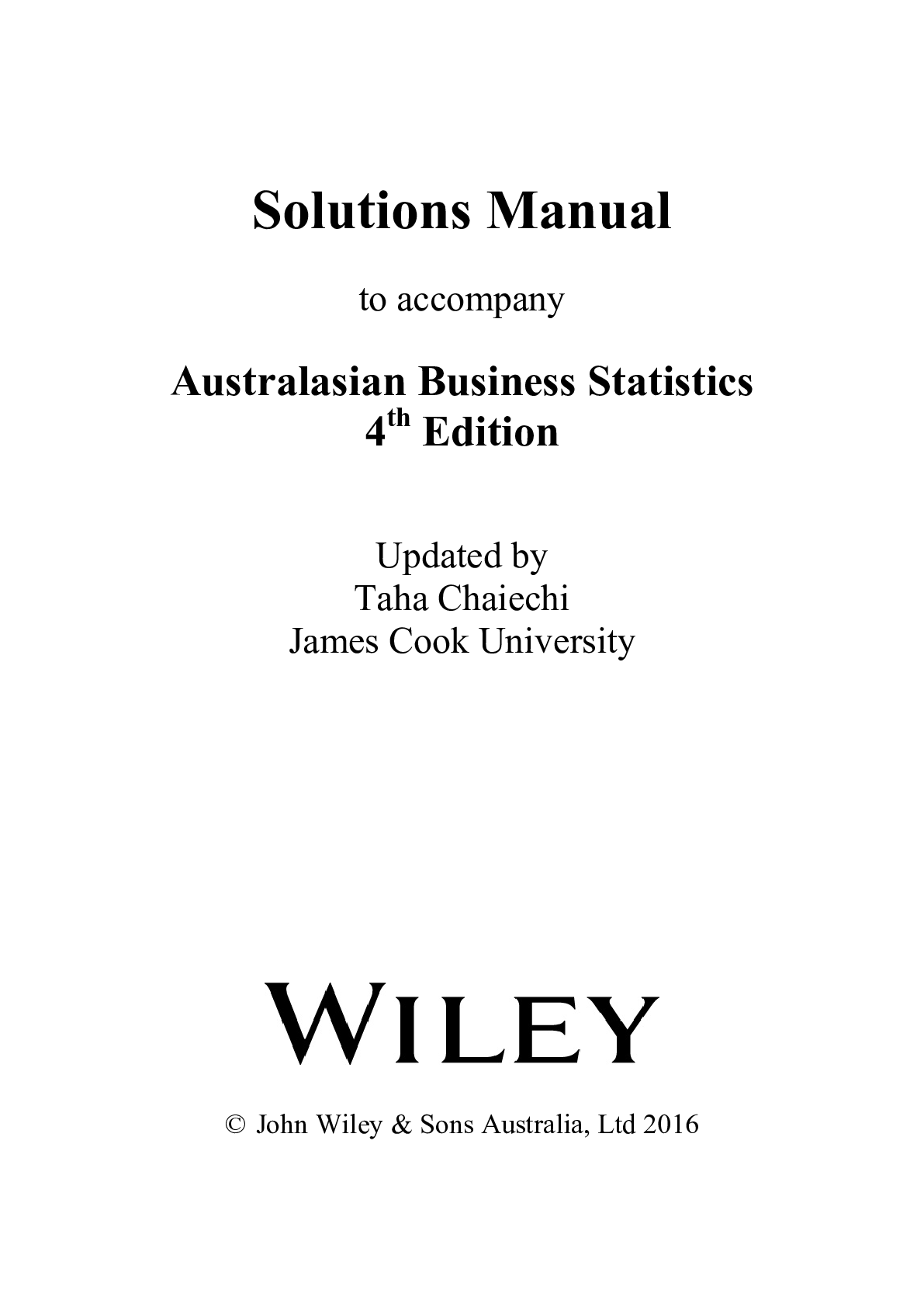

.png)
